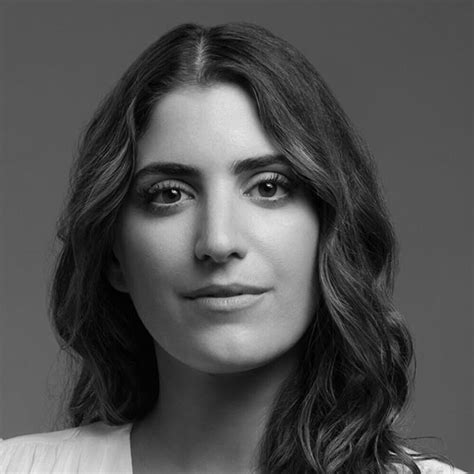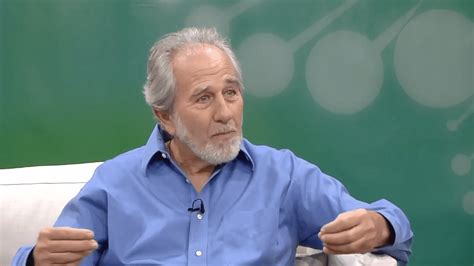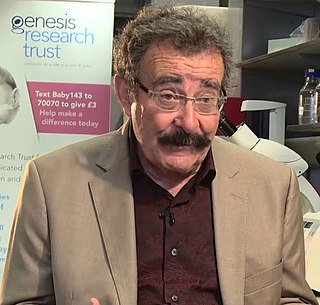A Quote by Suleika Jaouad
Today, my brother and I share almost identical DNA, the result of a successful bone marrow transplant I had last April using his healthy stem cells. But Adam and I couldn't be more different.
Related Quotes
Both in Britain and America, huge publicity has been given to stem cells, particularly embryonic stem cells, and the potential they offer. Of course, the study of stem cells is one of the most exciting areas in biology, but I think it is unlikely that embryonic stem cells are likely to be useful in healthcare for a long time.
The good news is we are seeing an incredible surge in non-animal technologies in laboratories. With researchers using stem cells, visually impaired people may one day have new corneas and lenses grown from their own cells. That is likely to be a more effective and cheaper approach than using animals.





























